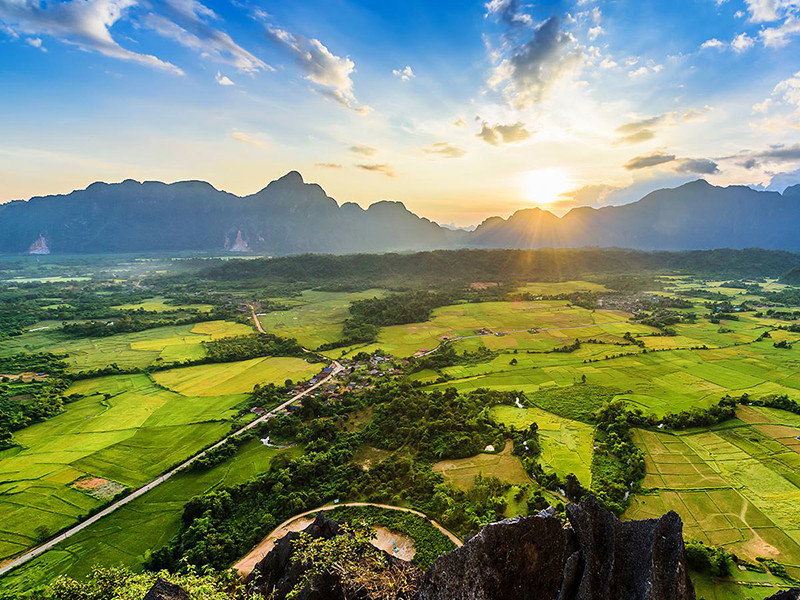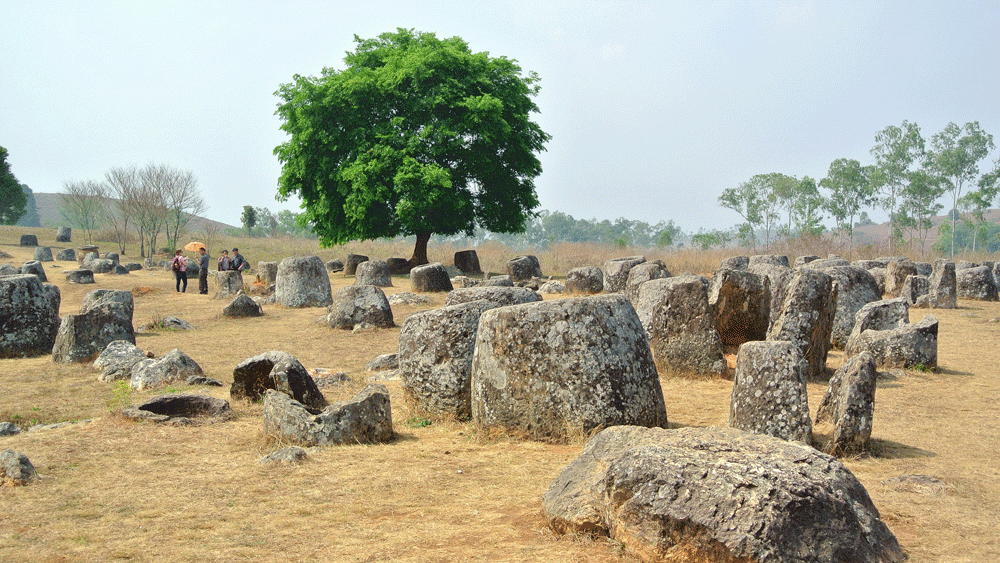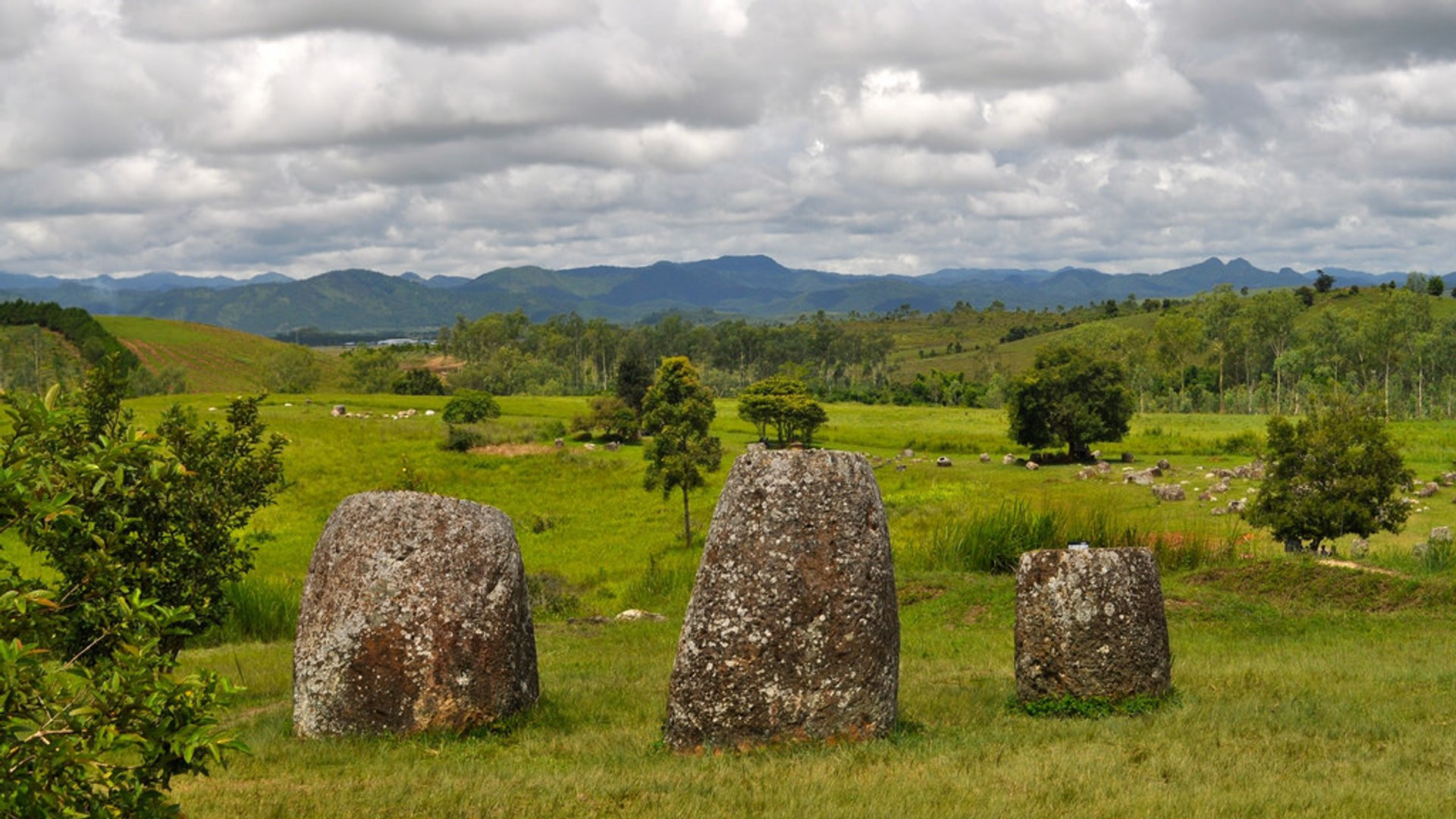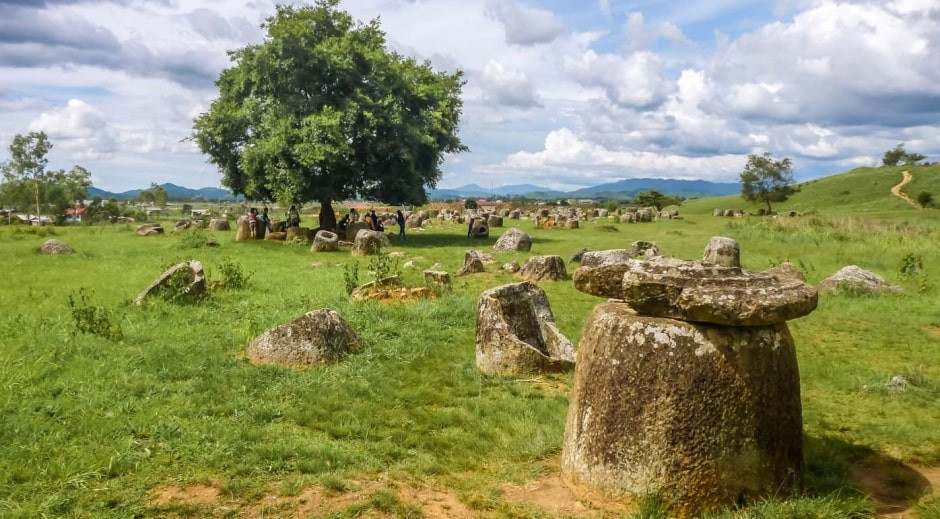Xieng Khouang is a remote province in northeastern Laos, situated on a massive high plateau. The province is a popular tourist destination due to its unique geographical location. Xieng Khouang is known for the "Plain of Jars." Coming to Xieng Khouang may make you feel as if you are entering a wonderful world of giants. Despite the world's destruction and natural disasters, roughly 2000 jars remain on the field, half of which are shattered or cracked.
Best time to visit:
From November to February is the best time to visit Xieng Khouang. The weather in Laos is cooler during the cool season. Because Xieng Khouang is a highland plain, you should bring warm clothing if visiting during this season. Early in the morning and late at night, it will be pleasant and cool.
The rainy season, from June to October, is the worst time to visit Xieng Khouang. The months of July and August, in particular, receive the most rainfall.
Xieng Khoang's attractions:
Plain of Jars: Hundreds of stone jars, ranging in size from extremely small to 3.5m high, 1m broad, and weighing a few tons, can be discovered here. In addition, there are numerous human bones, stone lids, and discs. The age of the strange urns is thought to be around 2,000 years. The fact that their origins and purposes are unknown piques tourists' interest in stone vessels. Ancient jars were used to store rice, water for the dry seasons, and Lao whiskey for the mountain giants, according to the inhabitants. Many others, on the other hand, believe they are utilized in burial ceremonies due to the presence of bones inside and traditional Southeast Asian royal funeral practices.
Mulberries Organic Silk Farm: The farm, which was established in 1993, aims to preserve and promote Lao traditional silk fiber manufacturing for decades while also increasing income for local communities. Another important responsibility of this non-profit organization is to conserve the environment and natural resources for future generations by planting chemical-free mulberry trees. If visitors are interested in learning how to make silk products, they may watch the entire process and even try their hand at one stage in the houses right here. Scarves in a variety of colors and patterns are the most popular item in mulberries gift shops.
Muang Khoun: The town, known as Old Xieng Khouang, was the provincial capital during French colonialism, as well as the Royal Capital and the center of the Phuan Kingdom. A few structures remain in town, including the French school, the governor's residence, and Wat Phia Wat. A sitting Buddha is surrounded by brick columns that reach to the sky at the wat.
Ban Phai Village, which is nearby, also has jars made of granite rather than stone, as in Plain of Jars. Visitors can see beautiful lush fields and creeks while standing on a suspension bridge in the village. It is common to come across villagers who are skilled at basketry and weaving.
Additionally, That Foun and That Chom Phet are tourist-drawing stupas. That Foun houses the ashes of Buddha, which were brought from India. The Chom Phet was built to represent Buddha values.
Tham Pa: Tham Pa is a vast network of caverns containing numerous small Buddha statues from the Haw invasion a few centuries ago. The amazing caves are located deep into the hillside and are linked by passageways lit by the locals' weakly electrical light. Nong Tang Lake is not far away. This large and spectacular natural lake is surrounded by high limestone cliffs. This is a popular spot for locals to go fishing or have a picnic.
Ban Mixay Village: Making umbrellas out of mulberry paper “Khan Nyu” is a Laotian tradition that is being resurrected in the village of Ban Mixay. Originally, “Khan Nyu” umbrellas were only made by monks and novices in Buddha temples to be given as a small gift to visitors. Then, in order to increase income, the sale of these typical umbrellas in a variety of colors and sizes becomes more popular. The umbrellas are made in a natural way here. Mulberry trees are grown by the locals to be used in the production of paper. The glue is made from the wild persimmon tree's fruit. Natural dyes are used, such as sesame oil for white and the roots of “mak bao” trees for red.







